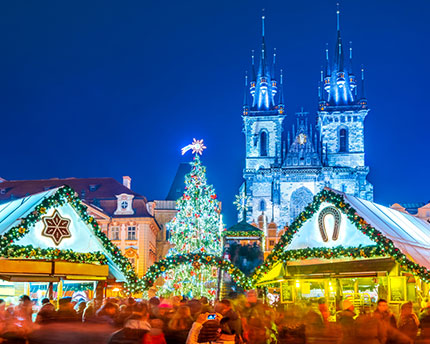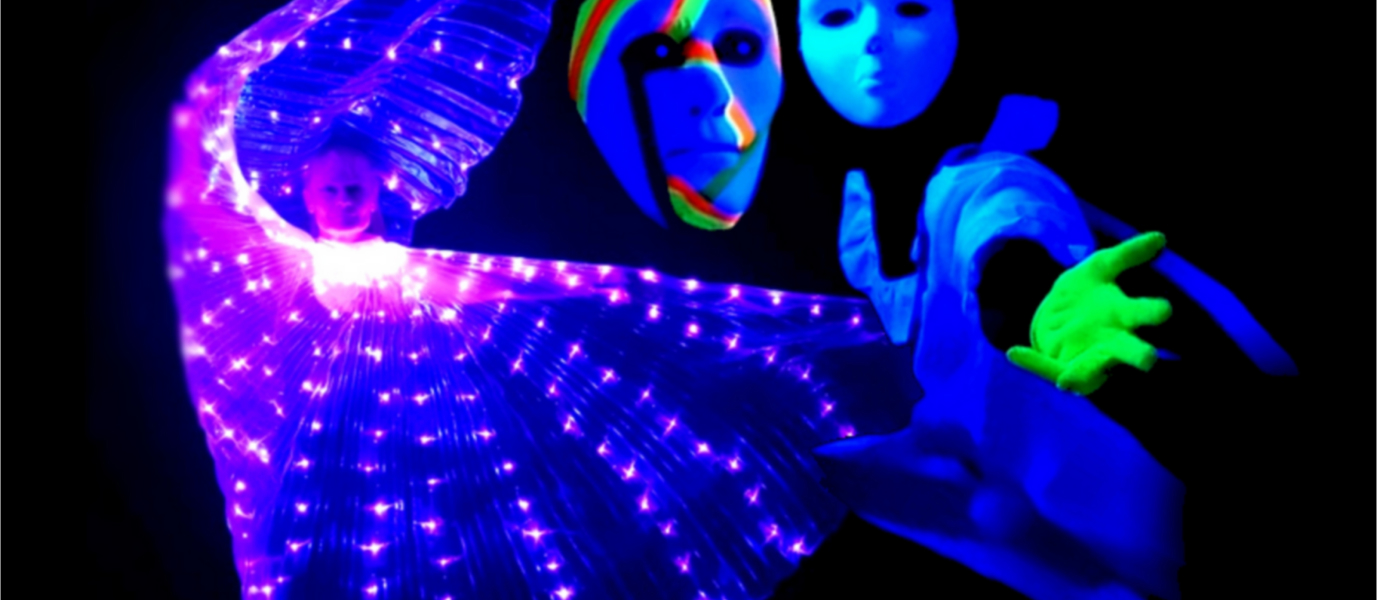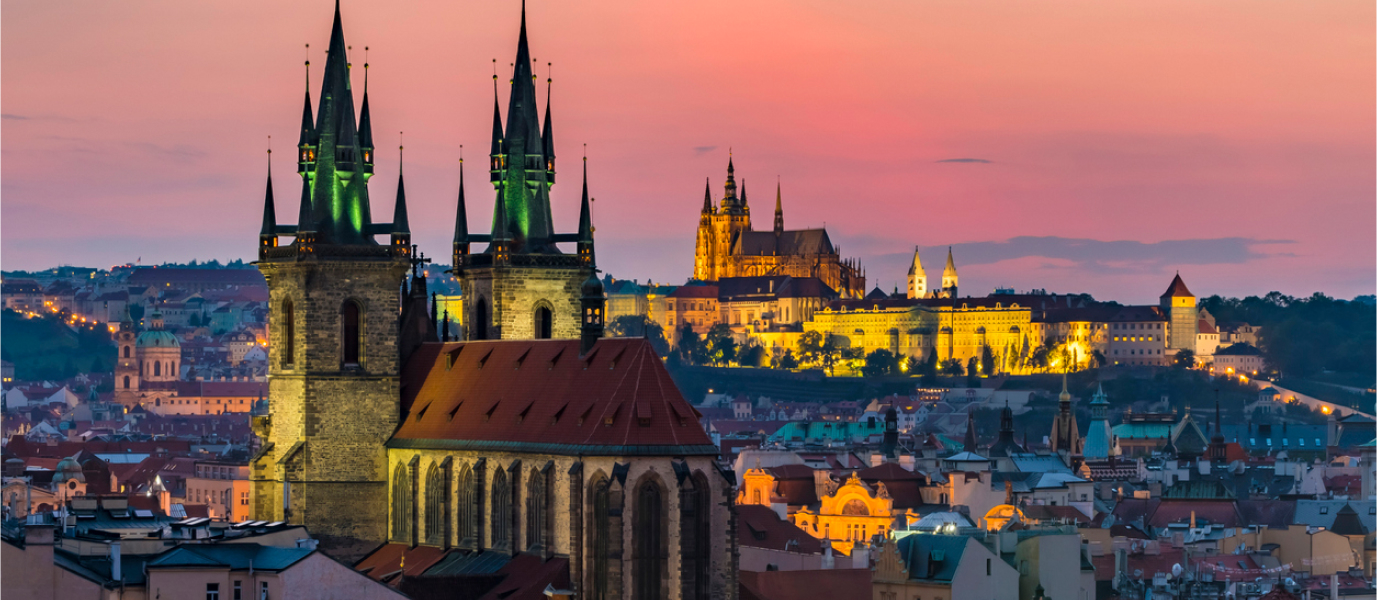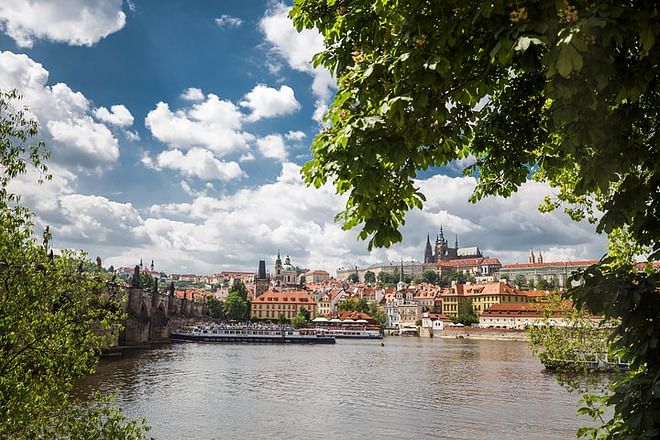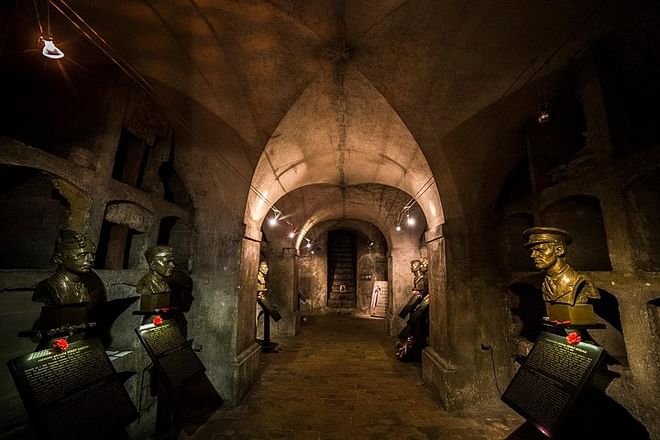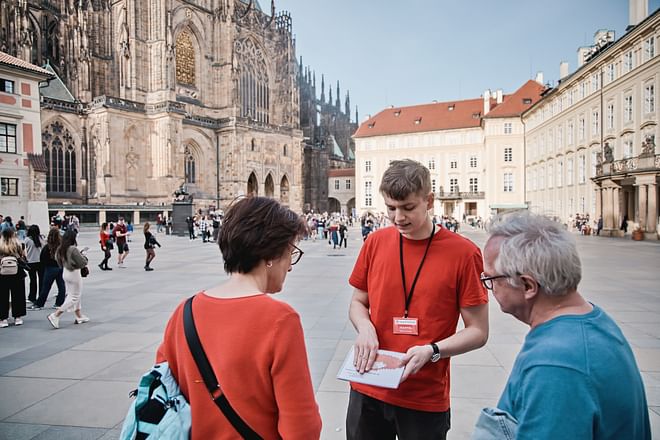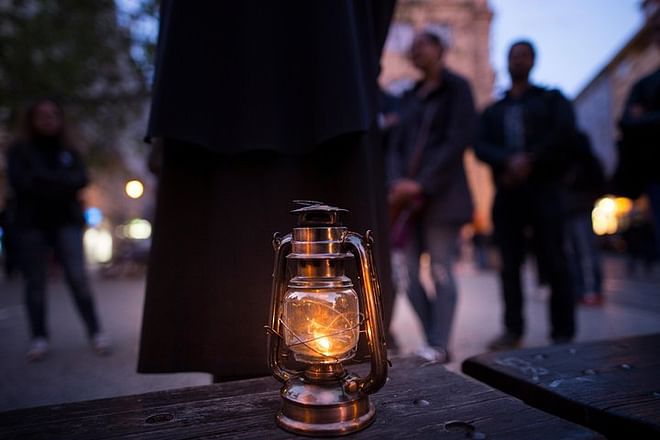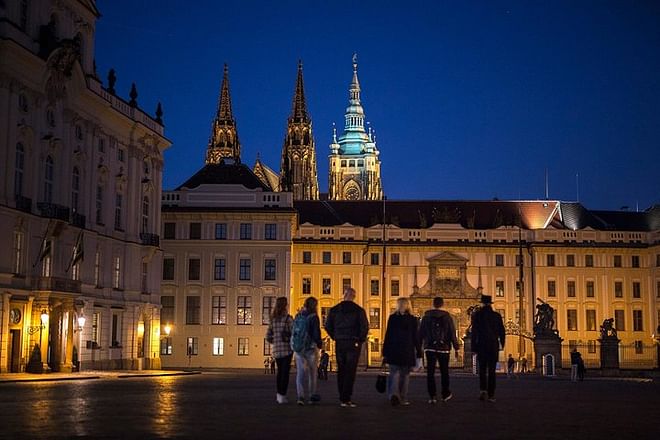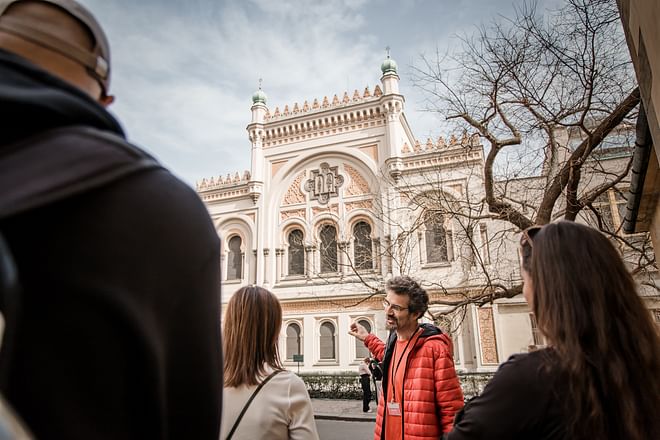On their own, Prague’s medieval air and pointed turrets are enough to fire your imagination and dreams—and during the winter months a genuine Christmas wonderland awaits you as the city’s streets and squares create an astonishing backdrop to a unique theme park. From its iconic Gothic castle to the atmospheric Old Town neighbourhood, every street in Prague is lined with lights, wreaths and Christmas decorations. Ice-skating rinks appear as if from nowhere alongside a multitude of Christmas markets; each is more ancient and fascinating than the last and all are bursting with food, sweets, handicrafts, clothes and much more.
From the beginning of November to the end of December, Old Town Square, Wenceslas Square and Republic Square (among other famous spots) play host to mighty Christmas trees with concentric circles of market stands and stalls set out around them. And as if that weren’t enough, the Czech capital is surprisingly compact and well-connected, meaning it’s ideal for visiting with children. In addition, improvised performances by streets musicians, opera concerts and church choirs create the ideal soundtrack for celebrating Christmas in Prague. In short, the city is the perfect destination for a short break so read on to discover all our recommendations for your visit.
What to do in Prague in December: Christmas markets
Christmas markets (Vánocní Thry, in Czech) are a deeply rooted tradition in Central Europe, especially in the Czech Republic. Prague is no exception and during the Christmas months the busiest streets and squares in the city are crowded with markets—moving from one to another is a fun way to explore the city. Most open in the mornings from about 9:00 AM and remain open until 10:00 PM.
When you visit the Christmas markets, you’ll find a wide variety of food stands with products that include everything from sausages with bread (klobásy) and roasted ham to mulled wine (svařák) and Czech sweets such as trdelník, a filling traditional cake made from flour and cinnamon. Stands also sell handicrafts and decorations, such as Prague puppets, Bohemian glass and Christmas tree decorations. Finally, hats, gloves and scarves are also common given the chilly weather at this time of year and all have typically Czech designs.
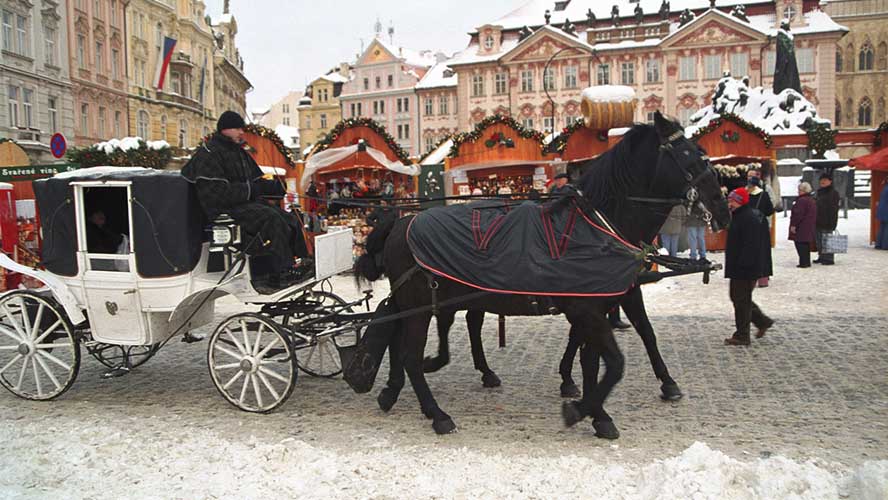
Below are some of the best-known markets in the Czech capital:
- Old Town Square market (Staroměstské náměstí, Prague 1): Naturally, the most famous square in the city has the most celebrated Christmas market. In the heart of Prague’s historic centre, numerous stalls with red awnings appear in Old Town Square market each year, plus a much-loved Nativity scene and an impressive fir tree decorated with over 100,000 lights. In fact, this tree is so famous that every year the queue of people who want to have their photo taken with it grows a little longer. And little ones will love to hear the children’s choirs from around the country who perform here every morning and afternoon.
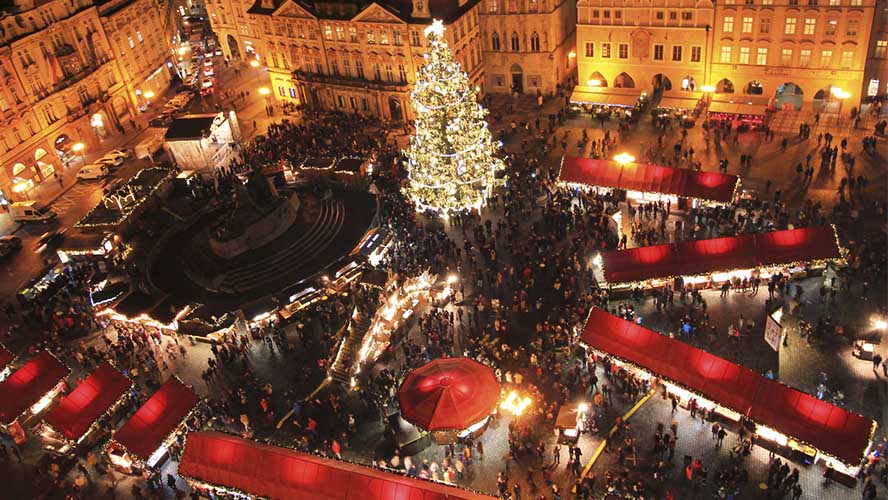
- Wenceslas Square market (Václavské náměstí, Prague 1): If we’re talking about famous street markets, second in line is the market in Wenceslas Square, the longest square in the world at 750 metres in length. It’s in New Town, just a 12-minute walk from Old Town Square, and each Christmas stands are set up along the length of this ‘boulevard’ with the impressive National Museum building as a backdrop. Once again, you’ll find numerous food options on offer. Special mention should be made of the unusual potato chip spirals (bramborové spirál) and medovina, a honey liqueur popular across Central Europe.
- Republic Square market (Náměstí Republiky, Prague 1): The third largest market in Prague is held in centrally located Republic Square, making a perfect triangle with the first two. Creating a natural border between the Old Town and New Town, every year this square holds a less tourist-focused market where you can eat (or dine) at affordable prices. Here you’ll also find another two typical dishes of Czech cuisine: soups and stews. In fact, as a curious aside, soup is served inside large hunks of bread that are used as a bowl.
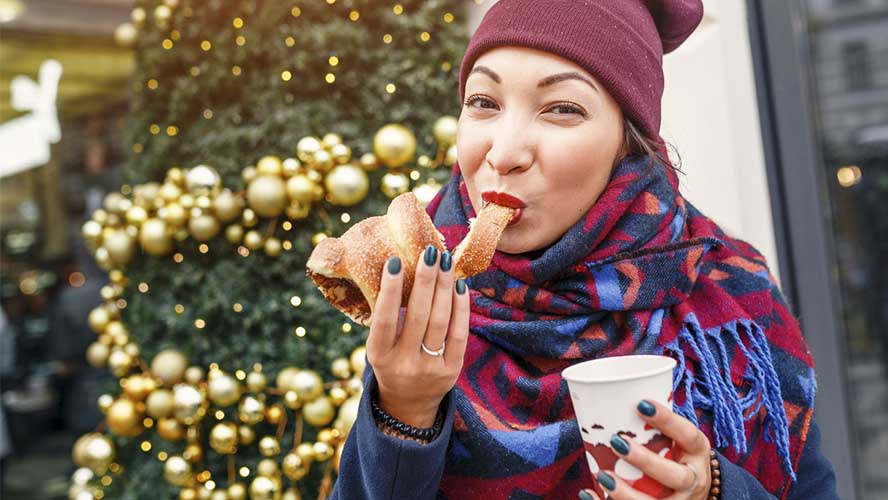
- Havel market (Havelská, 13) and Prague Castle market (Pražský hrad, Prague 1): Despite the fact that these two markets aren’t as famous or as popular as the previous three, they stand out on their own merit on the Prague Christmas scene. Small and unusual Havel market boasts of being the oldest Christmas market in the city—it has been held since 1232, no less. Prague Castle market is a recent addition and is located in one of the most beautiful areas of Prague: the castle neighbourhood. Dozens of stands are set up in the area between the castle, St George’s Basilica and the cathedral from the end of November to the beginning of January. It makes a great stop when you’re looking to beat the cold in Prague with a warming glass of mulled wine.
New Year’s Eve in Prague
If you’re planning to spend New Year’s Eve in Prague then you’re in luck because the Czech capital celebrates the year end in style. Although Christmas presents in the Czech Republic are delivered by Baby Jesus rather than Father Christmas, New Year’s Eve in Prague isn’t that different from its European neighbours. Old Town Square is the official location for the capital’s New Year’s Eve and the last seconds of the year are counted down underneath its famous Astronomical Clock. A spectacular fireworks show follows that festoons the city skies with light and colour. In addition to Old Town Square there are also many other highly sought-after spots for watching the fireworks, such as Charles Bridge and other viewpoints dotted around the elevated area of Prague Castle neighbourhood.
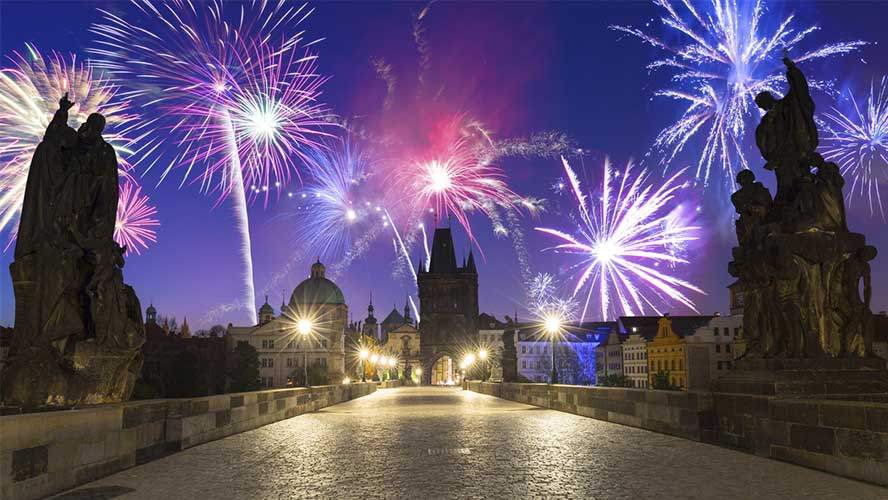
You have plenty of options to choose between when you’re deciding where to have dinner on New Year’s Eve. If you’re happy with something free and easy, you could eat at one of the food stands in the Christmas markets. However, if you’d prefer a more private and elegant dinner, we recommend the Bily Konicek Restaurant (Zhelezna street, 548), a medieval tavern right in the heart of the historic centre that has traditional Czech food, live jazz music and a nightclub. And finally, the height of romanticism would be to take a boat trip on the Vltava with dinner, live music and dancing until dawn included.




































































